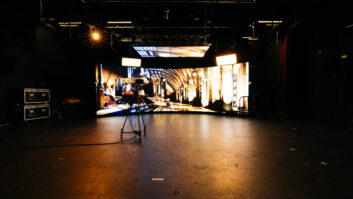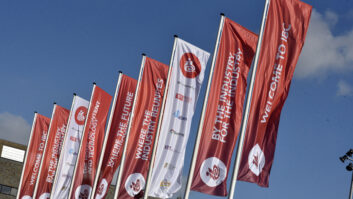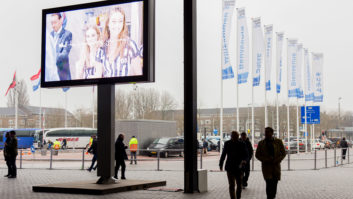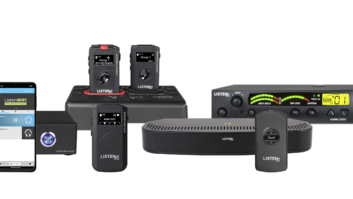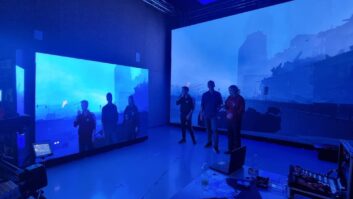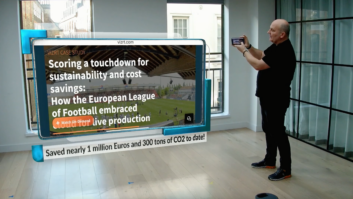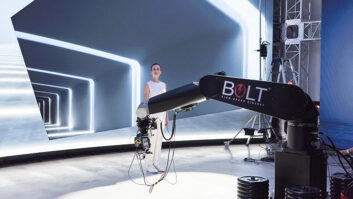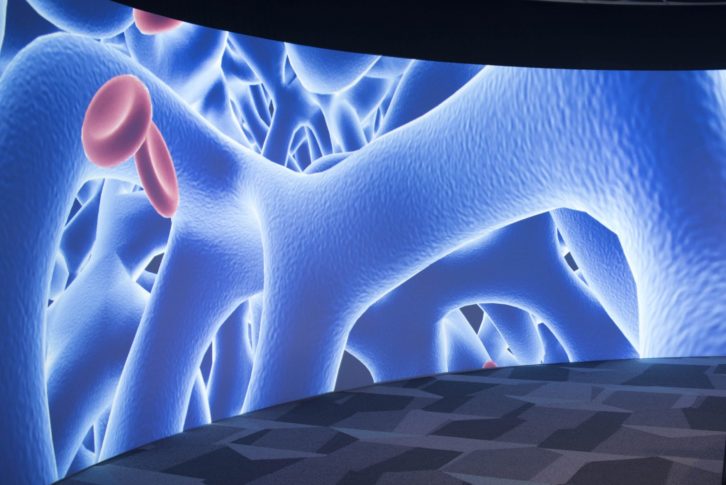
Having previously looked at some of the issues and barriers holding back adoption of XR technologies, here Steve Montgomery considers the new opportunities emerging across different applications.
With the widespread availability of virtual, augmented and mixed reality around us in our everyday lives, there are good opportunities to try, and familiarise ourselves with the concepts. And then to dream up and create new solutions and applications to take to market. There are more and more opportunities to try VR, AR and MR in places such as museums, games, retail stores, specialist VR arcades, theme parks and many businesses. There are also meet-ups in most major cities focused on immersive tech where demos are often given and experts congregate.
This is an activity that Neil Evely, head of business development, REWIND recommends highly: “The best starting point is to gain some hands-on experience with headsets and experiences. Nothing comes close to actually putting a headset on. With the cost of head mounted displays coming down, and with great free content available for all platforms, getting one for your company is a good place to start. Exhibitions and conferences can also provide an introduction to the medium and allow the curious to experiment with minimal outlay.”
When we have convinced ourselves of the opportunities, the next step is to entice and convince the potential customer. In immersive applications, as with the digital signage industry, ‘content is king’. The experience or value is just as good or effective as the content created. There is a clear skills requirement for developing applications for AR, VR and MR technologies. Due to the nature of development many companies will simply elect to use third parties to define and develop applications and experiences and then use their own expertise to turn this into a solution for the customer.
Combined approach
Buying in expertise is probably a good place to start. The industry is still advancing at a significant speed so specialists can provide the most up-to-date knowledge of the technology and industry as a whole. It is tempting to think the DIY option is best, but as we saw with the VFX industry, doing this in-house can be a false economy.
‘The best strategy for anyone looking to implement AR, VR or MR would be to select an agency or an XR studio and begin a conversation’
Matthew Bumford, Kazendi
Fortunately, there are several agencies and content creation specialists who can help; leaving AV integrators to then assemble the solutions and present them to the customer. Matthew Bumford, head of marketing at Kazendi, is an advocate of this combined approach: “I see a clear relationship occurring between AR, VR and MR studios, ideation or creative agencies or enterprise customers and the installation industry and technicians to work together to create real-world solutions for the technology in whatever space is being discussed. The best strategy for anyone looking to implement AR, VR or MR would be to select an agency or an XR studio and begin a conversation.”
Kazendi has taken this a stage further and developed the HoloMeeting application, which is designed for collaboration and communication to be used on a day-to-day basis for enterprise customers. Bumford offers some opportunities: “With some out of the box thinking and support from installation, this app could be used right away for large-scale presentations or to enlighten board meetings or trade show exhibitions for instance. Most important is to have a clear idea of how the technology will be used and in which environments as is it is not always a case of ‘plug and go’ with the equipment for this technology.”
Lack of understanding
Despite the forward-thinking attitude of these creative organisations there is still a disjoint between what can be offered and what actually is; a feeling that we are limited by creativity rather than technology. Jakes de Kock, head of marketing at Igloo Vision, summarises this as: “A lack of understanding by stakeholders on how the technology can be applied to add true long-term value to a business. Ideally, a business decision-maker has to experience the technology as applied in real situations relevant to the business before they can realise the full potential.” Which comes down, again, as a task of educating the customer into what can be done; something that the AV community has faced time-and-time again – and are well-practiced in dealing with.
Immersive technology is evolving rapidly and is set to continue so at an equally rapid pace. Mainstream adoption has been slower than we would expect, and probably have hoped; due largely to the historical expense and complexity of the technology. This is changing, and should open even more opportunities to install exciting immersive solutions that are simple to deploy, and easier for end users to understand and use. The new Oculus Quest for example, combines headset and processor, allowing it to work wirelessly and with simplified set-up and alignment.
Bandwidth limitations have also contributed to the delay in widespread adoption of immersive content. Both VR and AR require a cheaper, more substantial network with lower latency and more consistency. In short, 5G is a necessity. The rollout of 5G across large venues and areas will enable much larger, more impressive content to scale across lighter weight devices, essentially allowing for the heavy lifting to be done remotely in the cloud. The display device simply becomes the delivery mechanism, reducing hardware costs and increasing easy adoption. This is augmented by new the new WebAR API for augmented and virtual reality. It provides access to web-based content via a web browser using a combination of technologies including WebRTC, WebGL, WebVR, and the modern sensor APIs, negating the need to download a standalone app and in some cases a marker to launch AR content.
Immersive technology has a bright future and one that can be utilised by those active in the AV sector to provide new and exciting solutions to customers.
www.holomeeting.io
www.igloovision.com
www.kazendi.com
www.realisedrealities.com
www.rewind.co
